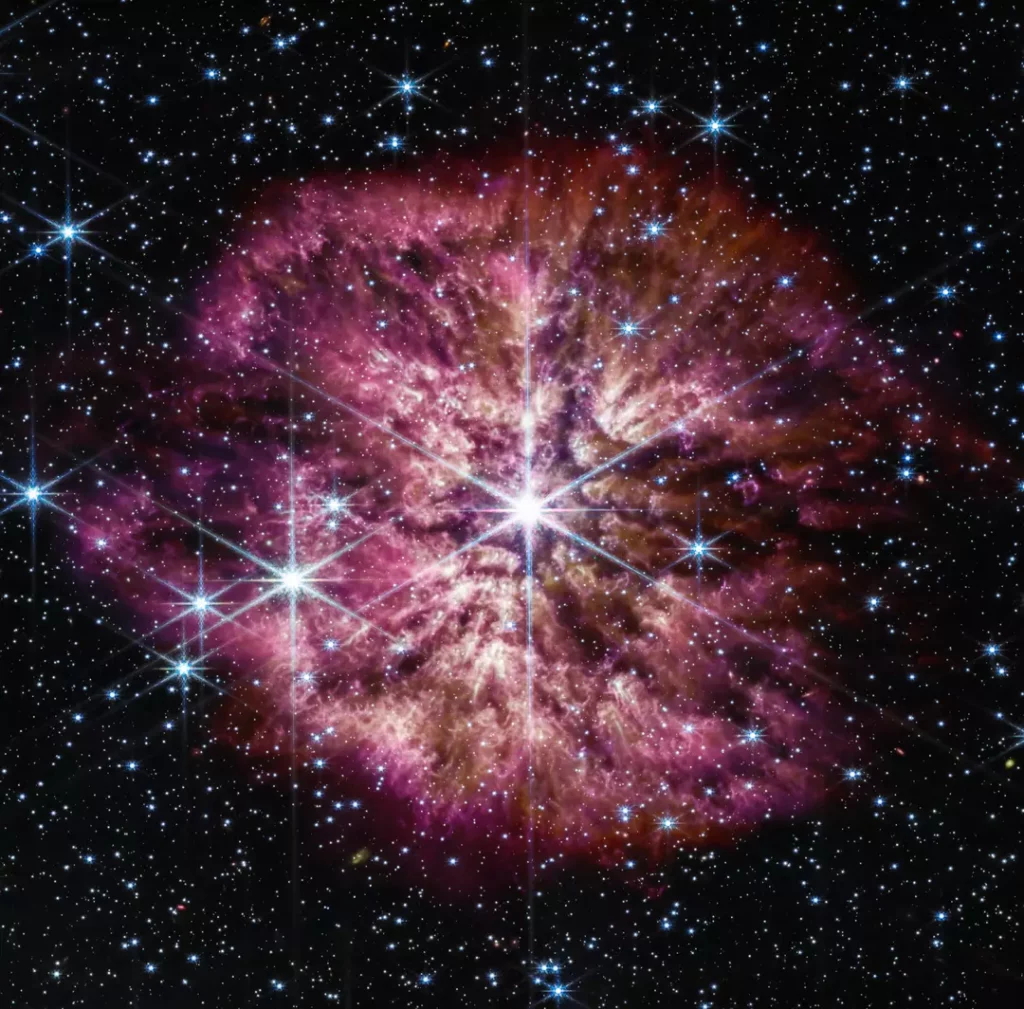
What Happens When a Star Dies?
Stars, those majestic balls of hot, glowing gas, are the very essence of our universe. They light up the night sky, guiding us through the vast expanse of space and time. But, like all things, stars are not eternal. They too have a lifespan, and when they reach the end of their life, the path they take towards death is a fascinating and complex process.
The fate of a star depends on its size, with medium-sized stars taking a different route than their massive counterparts. According to NASA, medium-sized stars, which are those with masses between 0.5 and 8 times that of our Sun, will eventually become white dwarfs or neutron stars. These objects are incredibly dense, with the density of a sugar cube that weighs as much as a mountain.
White dwarfs are stars that have exhausted their fuel and have shed their outer layers, leaving behind a hot, dense core. Over time, this core will cool, eventually becoming a black dwarf, a cold, dark, and nearly invisible star. Neutron stars, on the other hand, are the remnants of massive stars that have undergone a supernova explosion. These stars are so dense that a sugar-cube-sized amount of their material would have a mass of about a billion tons.
But what about massive stars, those behemoths that are five or more times as massive as our Sun? These stars take a very different path towards death. When they run out of fuel, they collapse under their own gravity, causing a catastrophic explosion known as a supernova. This explosion is so powerful that it can be seen from millions of light-years away, and it is often bright enough to be seen during the day.
Supernovae are one of the most powerful events in the universe, releasing as much energy as the sun would produce over its entire lifetime in just a few seconds. The explosion is so energetic that it can briefly outshine an entire galaxy, and it can even affect the formation of new stars and planets.
The mystery of what happens when a star dies has been a topic of fascination for astronomers and scientists for decades. Recently, a team of researchers from the University of California, Berkeley, made a groundbreaking discovery that has helped to unlock the secrets of star death. According to their research, published in the journal Nature, the collapse of a massive star can trigger a chain reaction that leads to the formation of heavy elements, such as gold and uranium.
This discovery has significant implications for our understanding of the universe and the formation of life. Heavy elements are the building blocks of many of the elements found on Earth, and the discovery of their formation in the collapse of massive stars has helped to shed light on the origins of life itself.
So, what happens when a star dies? The answer is complex and fascinating, with different paths leading to different outcomes depending on the size of the star. Medium-sized stars will eventually become white dwarfs or neutron stars, while massive stars will collapse and ignite a supernova explosion. The collapse of massive stars can even trigger the formation of heavy elements, which are the building blocks of life.
As we continue to explore the universe and learn more about the mysterious and fascinating process of star death, we are reminded of the awe-inspiring complexity and beauty of the cosmos. The death of a star may seem like a final act, but it is a crucial step in the evolution of the universe, and it has helped to shape the world we live in today.






